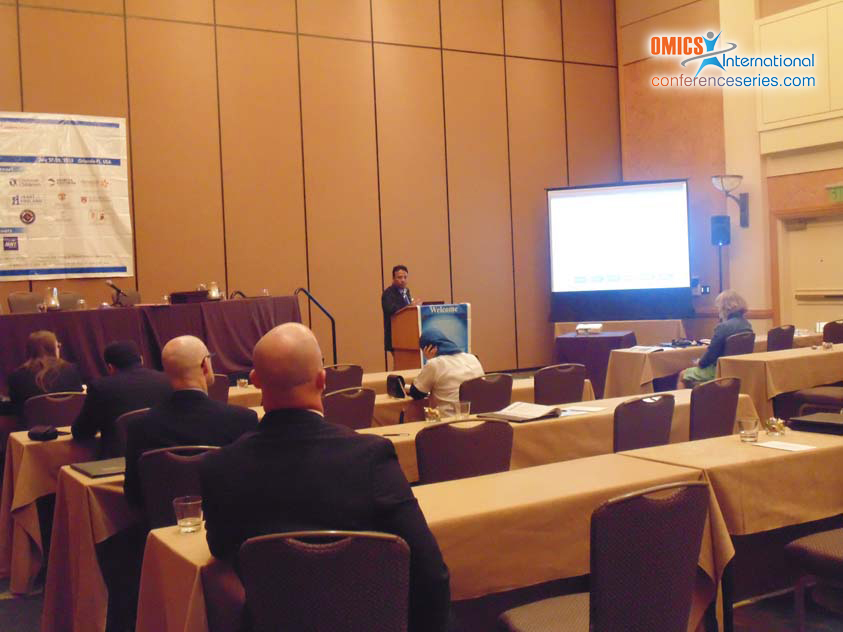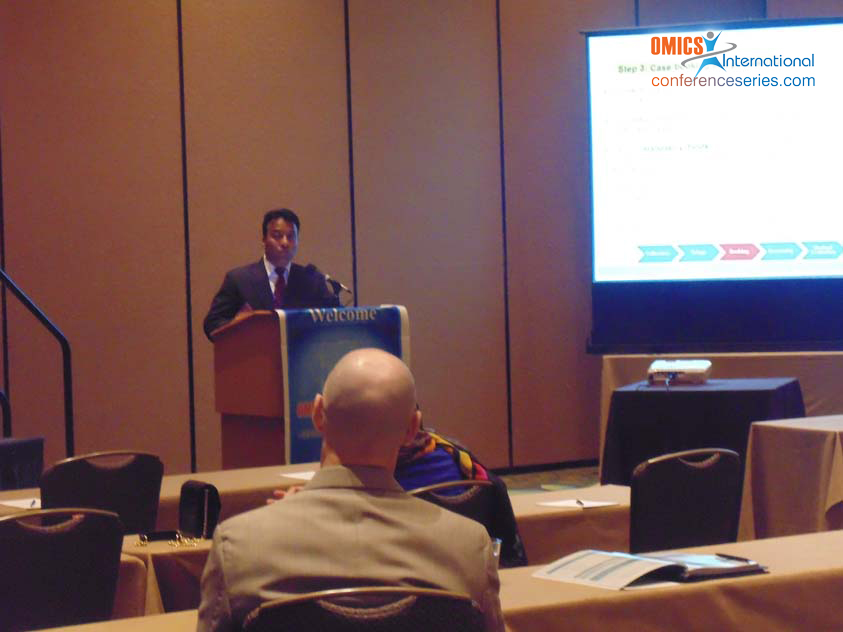
Ajay Francis Christopher
Baba Farid University of Health Sciences, India
Title: Data Management in Pharmacovigilance
Biography
Biography: Ajay Francis Christopher
Abstract
The World Health Organization (WHO) defines pharmacovigilance as the science and activities relating to the detection, evaluation, understanding, and prevention of adverse reactions to medicines or any other medicine-related problems. In 1893, The Lancet first reported an established drug safety reporting system for suspected adverse drug reactions (ADRs). Since then, the definition and scope of pharmacovigilance have evolved as a systems approach. Pharmacovigilance is a highly sensitive field as it involves monitoring of the safety of medicines and taking action to reduce risk and increase benefit. The pharmacovigilance data management starts with the data collection and, it is imperative to address the report origin, triage cases, enter information in drug safety database, make medical assessment, request report follow-up information and mode for regulatory submissions. All these stages require a high and complex degree of technical skill and judgment to ensure that accurate conclusions and right decisions are made during the establishment of benefit-risk profile for a product. A poor pharmacovigilance data management not only jeopardizes patient safety, it also increases the risk of investing in the development of wrong product which causes a huge loss to a pharmaceutical company. Therefore, it is very important to establish a robust pharmacovigilance data management system which complies with the stringent regulatory guidelines, global pharmaceutical norms and ultimately safeguard the pharmacovigilance end users, the patient. An ideal model would be implementation of business management software (e.g. Microsoft Dynamics NAV/SAP ERP) for better data management, process harmonization, enhanced data security and reduction in delay due to high manual dependence.
Speaker Presentations
Speaker PPTs Click Here


